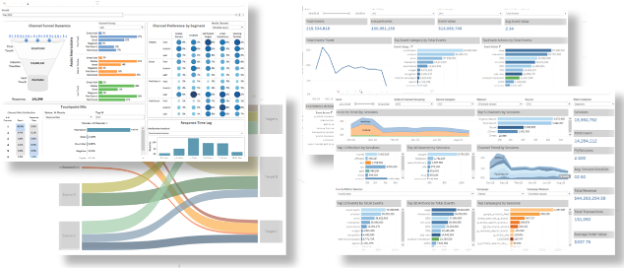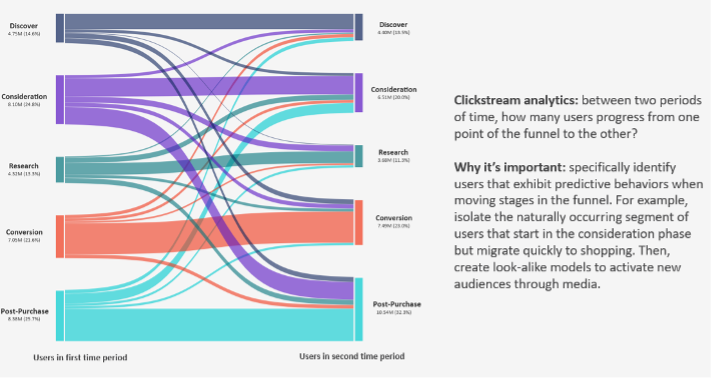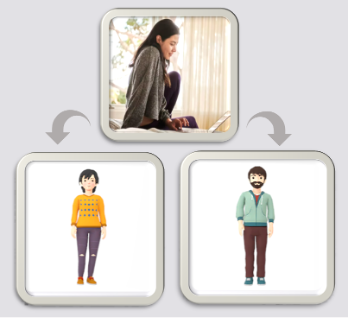By Michael Watts, VP, Analytics at Merkle
Growing metaverse and Web3 aims to take over conventional marketing methods. In the contemporary age of high technology, brands and marketers are constantly evolving. The rise in blockchain use has created a new consumer space called “metaverse.”
What are Web3 and the Metaverse?
The metaverse is a digital realm in a virtual environment created through blockchains, computer programming and algorithms. The creators intend for it to eventually mirror the physical world, where customers will have digital access to products and be able to spend money seamlessly between digital and physical reality.
This space is set to be mechanized by Web3 in the next few years. Web3 is the advanced alternate networking method that creates virtual worlds to replace present-day internet browsers.
Regardless of how fascinating Web3 sounds, a lot of progress is needed before the vision can be realized. As technologists and marketers strive for customer journey perfection, here’s some insight into how you can use customer journey analytics to find success in the metaverse.
Why is Customer Journey Analytics Important?
Customer journey analytics (CJA) is a modern method of acquiring target audiences by understanding customers’ needs and expectations. The primary focus is on artificial intelligence (AI). In the metaverse, a similar construct will soon dominate marketers’ plans: avatar journey analytics (AJA).
Through these four practices, AI will transform the metaverse and Web3 into a remarkable world of marketing opportunities.
1. Business Intelligence Extending Into the Metaverse
Using cloud technology, brands collect massive amounts of customer data through well-synchronized processes, data warehousing and data management. From there, both the AI and human analysts review the gathered data to cross-reference registered customers between the real and digital worlds. To make this work in the metaverse, marketers and brands must start asking questions about how to stitch data from the virtual platforms into the real-world constructs they know.
Sample BI reports that can be adapted to metaverse KPIs:

2. KPI Selection and Avatar Journey Analytics
Because of ongoing analysis, omnichannel metaverse KPIs can be defined and collected through the various touchpoints and channels of each avatar’s journey. The data is then analyzed through AI for a single view of the avatar’s journey. While the metaverse is in early development, adapting these tools now will help deescalate future challenges of brand alignment between marketing and IT.
Comprehensive analytics tools will result in an efficient increase in revenue, more nimble marketing operations and stronger customer experiences throughout the brand’s real and metaverse ecosystems.
3. Automated Journey Stages to Identify Cross-Metaverse Demand
Using a journey analytics tool, marketers can determine an avatar’s need and draw it toward the brand’s metaverse platform. AI and automation can then operate a clickstream model which automatically provides a list of which engagement stage each customer is in.
Then they can determine the next best action for each customer’s avatar. For example, your customer could be in the consideration stage after seeing a TV ad in the real world, express interest on your digital platform and then purchase the item at a local metaverse shop with his or her avatar.

4. Marketers Need to Think “One-To-Avatar” for Metaverse Orchestration
For marketers, the metaverse offers the ultimate opportunity for customer journey orchestration. Brands can deliver exactly what their customers need with automated actions delivered through diverse media.
In the coming years, orchestration will simply extend to metaverse worlds like Decentraland and Sandbox. Once the network effect takes hold, we should see a new model of customer journey orchestration, where preferences will be mapped to individual avatars, not just people.
Let’s say in the real world you like Pepsi but in one metaverse your avatar prefers Coca-Cola. In the next-gen metaverse, customer journey orchestration will pick up on that nuance to deliver the right product to the right avatar or person, in the right world.
One person can have several personas in the metaverse:

Modern marketing techniques can help prepare for functional marketing, as the metaverse and Web3 revolution unfolds. Metaverse marketing techniques can impersonate modern footprints to compose smart technology.
However, more consumers need to experience the metaverse and provide valuable feedback. Eventually, it will become impossible for people not to shift from traditional browsers to the world of Web3 and the new metaverse economy.







